Tobishima Kaidō vs. Shimanami Kaidō
A comparison of two popular island routes from a cycling point of view. Each has its fans, but both beg to be ridden.
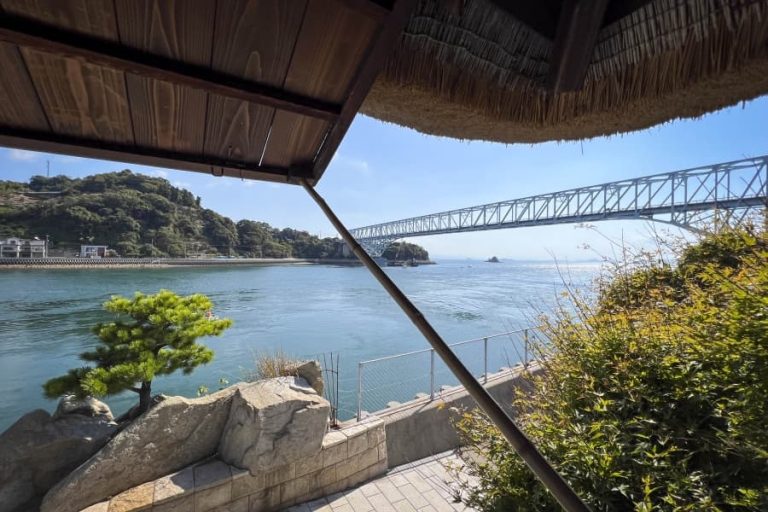
A comparison of two popular island routes from a cycling point of view. Each has its fans, but both beg to be ridden.
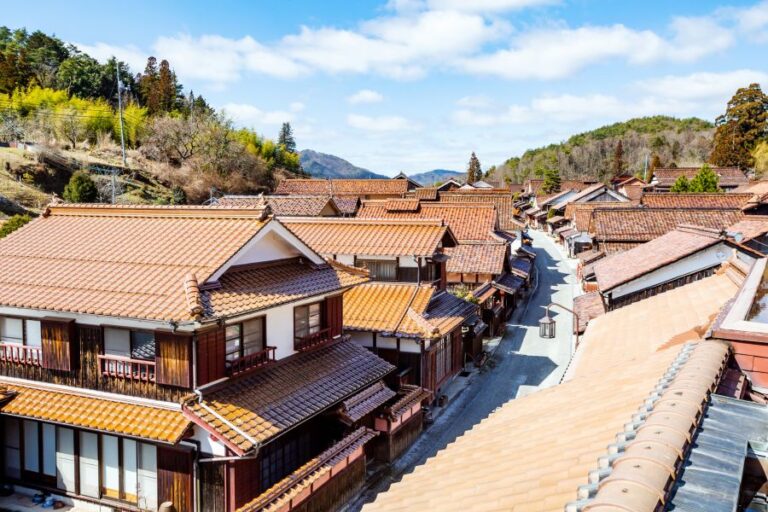
A street of Edo period buildings uniformly painted with bengara ferric oxide. This town once thrived from mining this valuable red mineral.
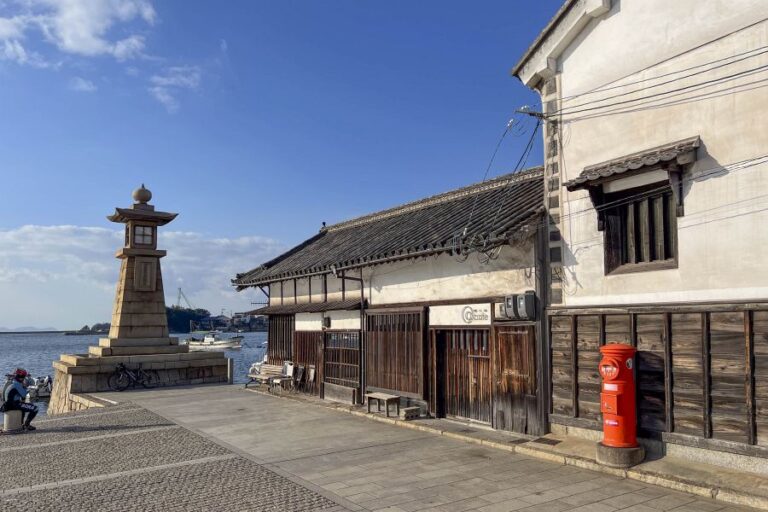
A quick look at the history of Setouchi, the area around the Seto Inland Sea.
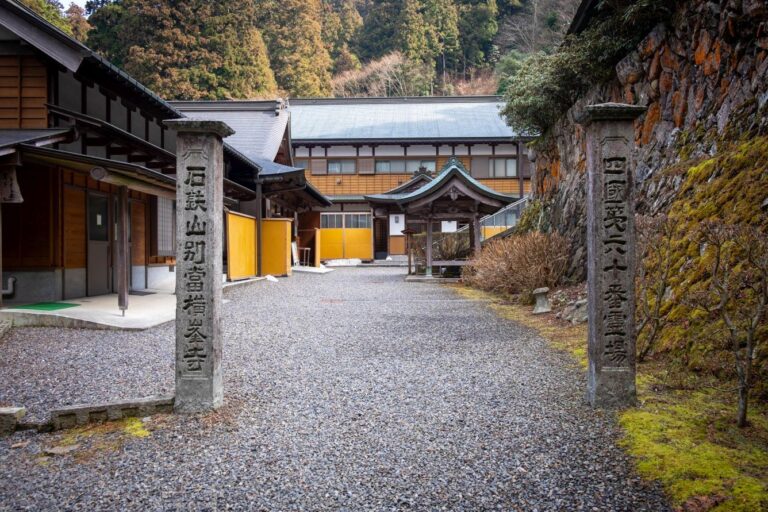
Yokomine-ji, The Temple on the Side of the Ridge, is temple No. 60 on the Shikoku pilgrimage, or Henro. It stands in the foothills of Mt. Ishizuchi in Saijō.
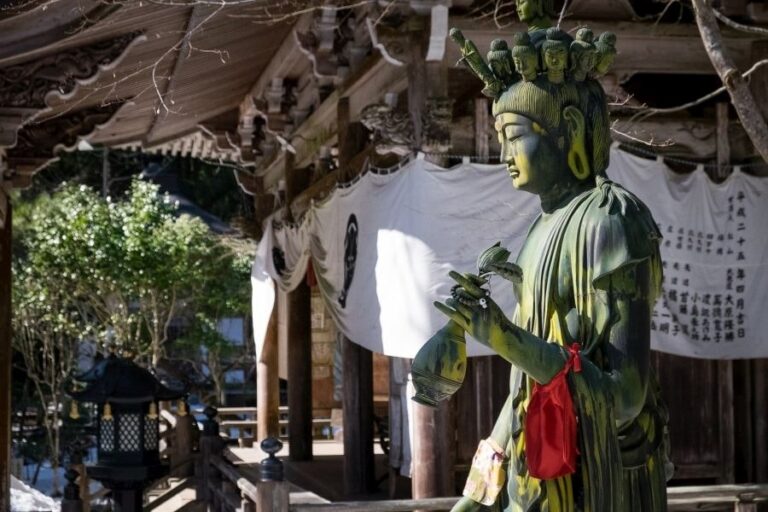
Daihō-ji, The Temple of the Great Treasure, is temple No. 44 on the Shikoku pilgrimage, or Henro. It stands in a forest of ancient sugi and hinoki cypress trees.
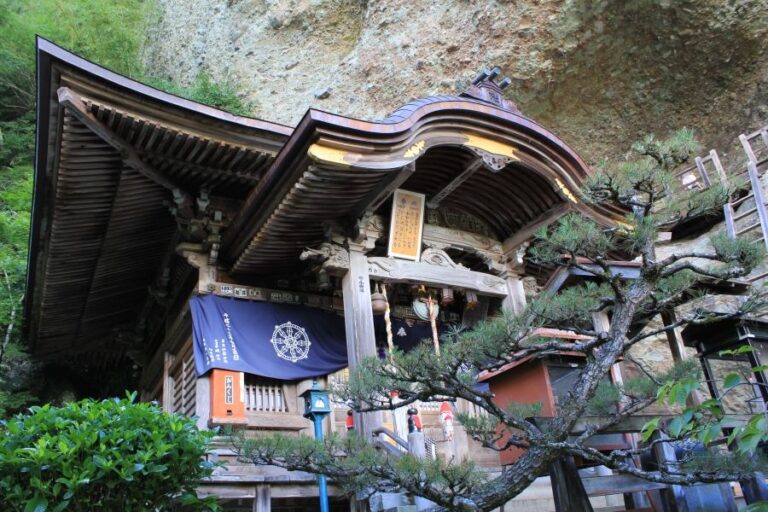
Iwaya-ji is temple No. 45 on the Shikoku Pilgrimage, or Henro. The temple is located on Kuma Highland in a gorge formed of conglomerate rock.
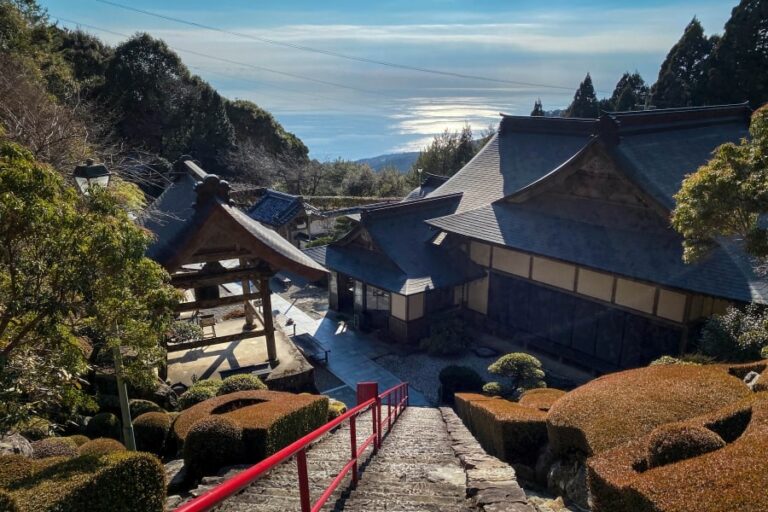
Kōnomine-ji is temple No. 27 on the Shikoku pilgrimage or Henro. It’s located on the hillside around 430 m above sea level on Mt. Kōnomine.
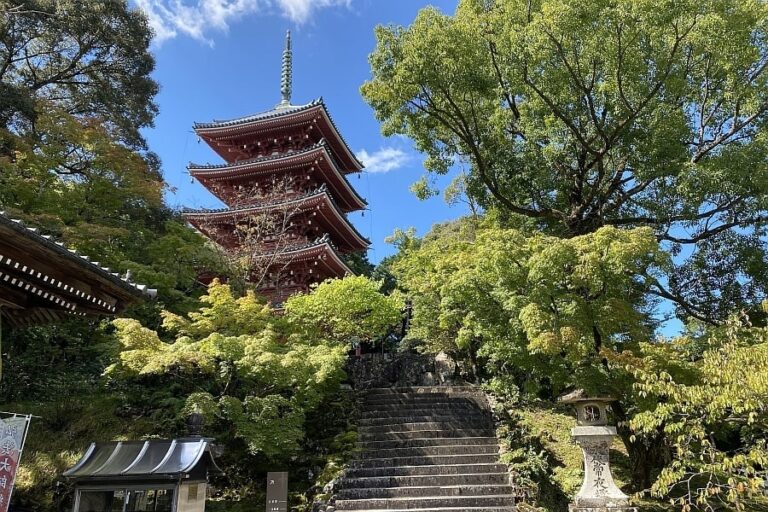
Chikurin-ji is temple No. 31 on the Shikoku pilgrimage, or Henro. It’s located on Mt. Godai, a fairly high hill within Kōchi city. Chikurin-ji means ‘bamboo forest temple’.
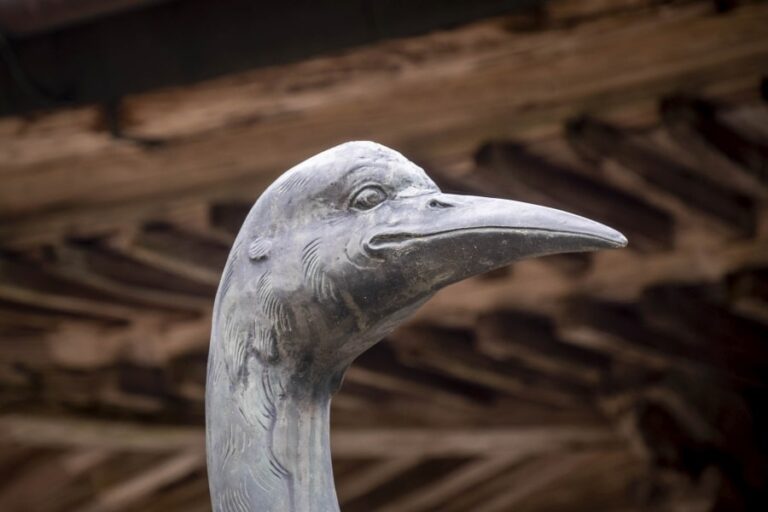
Kakurin-ji is temple No. 20 on the Shikoku pilgrimage, or Henro. Located 490 m above sea level, it’s a fine example of a mountain-top temple.
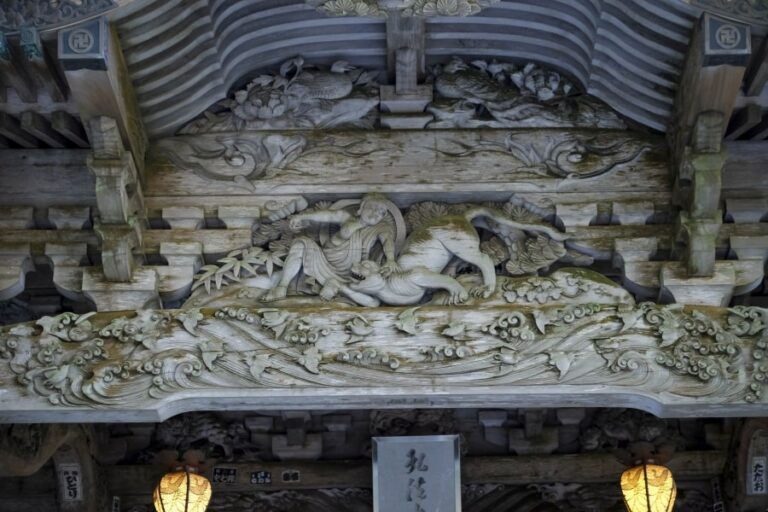
Tairyū-ji is temple No. 21 on the Shikoku pilgrimage, or Henro. Located at 610 m above sea level, it’s one of the nansho, the difficult temples to reach on foot.